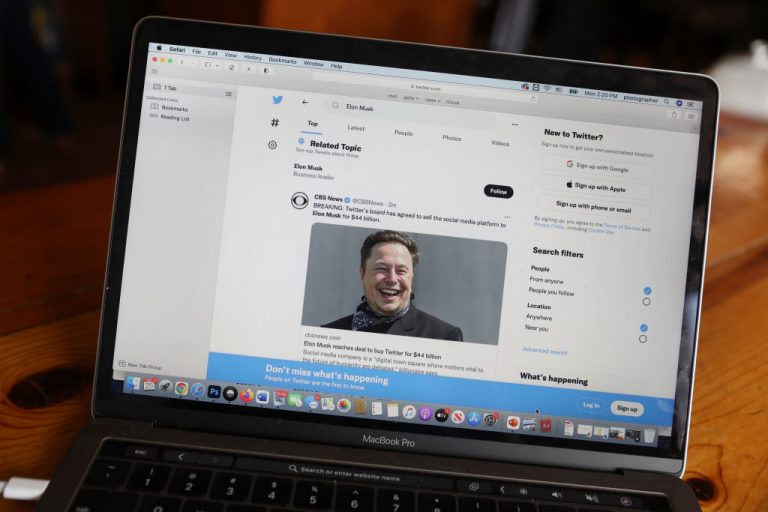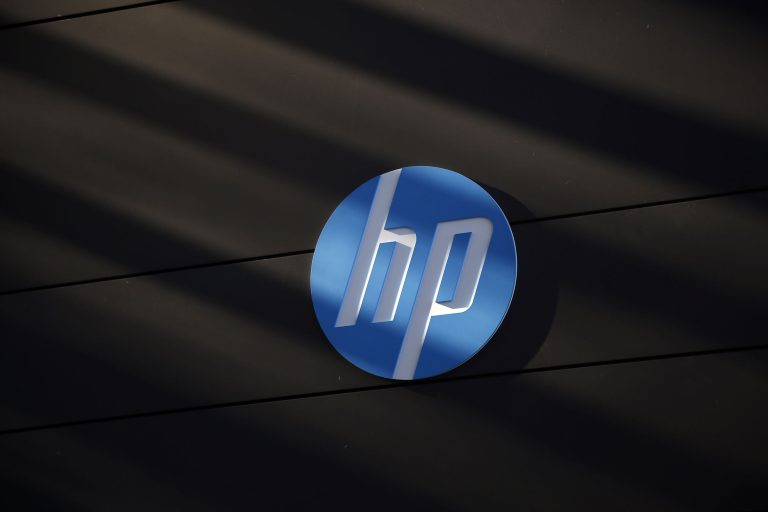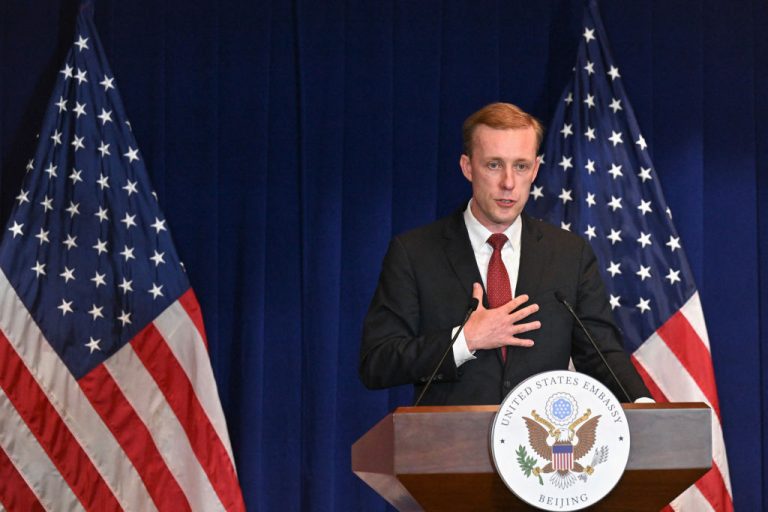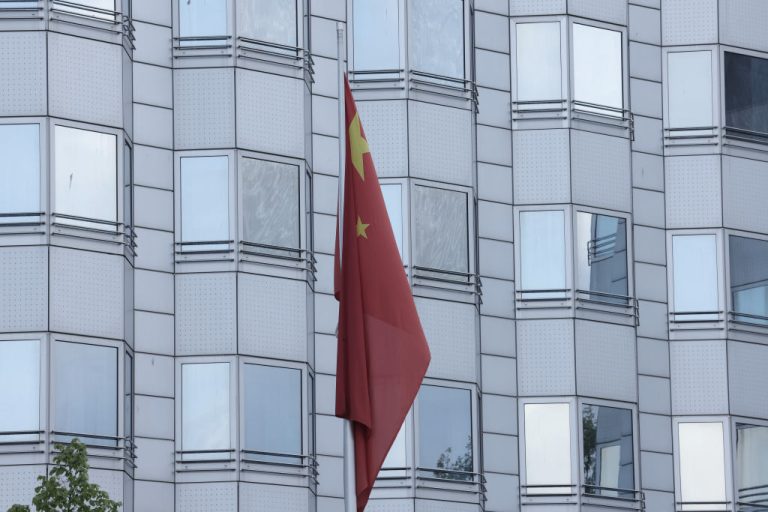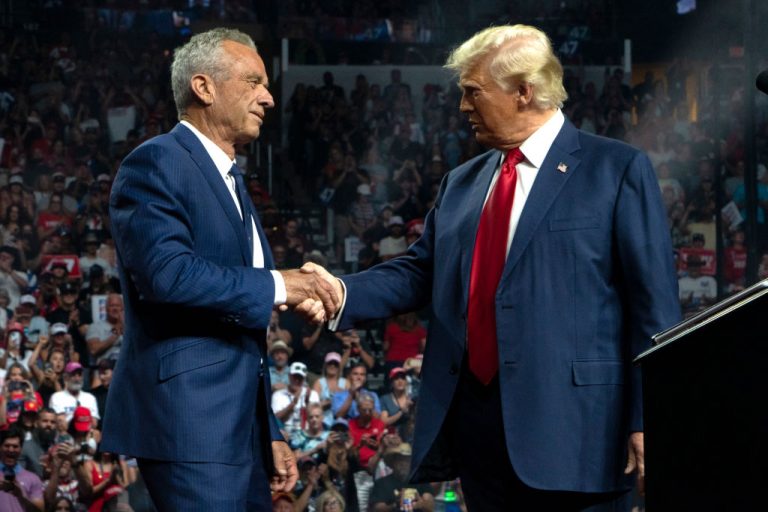News analysis
As of April 25, Elon Musk, CEO of Tesla and SpaceX, now has one of the internet’s most prominent social media platforms after his bid to purchase the entirety of Twitter and take it private was accepted by Twitter’s board of directors.
Musk purchased Twitter for approximately $44 billion, a deal that is expected to close later this year following regulatory approval.
This is not the first time that Twitter has had to contend with a potential purchaser. In 2016, the board of directors of The Walt Disney Company told then-CEO Bob Iger that he could move forward and purchase the platform but Iger opted not to pursue the opportunity.
Iger wrote in his 2019 memoir The Ride of a Lifetime, “Twitter was a potentially powerful platform for us, but I couldn’t get past the challenges that would come with it. The challenges and controversies were almost too much to list, but they included how to manage hate speech, and making fraught decisions regarding freedom of speech, what to do about fake accounts algorithmically spewing out political ‘messaging’ to influence elections, and the general rage and lack of civility that was sometimes evident on the platform. Those would become our problems. They were so unlike any we’d encountered, and I felt they would be corrosive to the Disney brand.”
Success
You are now signed up for our newsletter
Success
Check your email to complete sign up
Iger’s insight into the company’s challenges rings true today and the problems that he decided not to contend with are now fully in the lap of Musk and threatens to tarnish Musk’s own personal brand.
Musk, an avid Twitter user, faces an uphill battle to implement the changes he has hinted at over the past weeks.
Building new revenue streams
Currently, Twitter makes the bulk of its revenues from ads, which accounts for the vast majority of the company’s revenues. Additional revenue streams are associated with data licensing and other services.
Musk, in a now deleted tweet, from early in April said advertising should be removed for Twitter’s premium Blue users. Since historically Twitter has earned around 90 percent of its profits from ads, doing so would seriously undermine this revenue stream.
Musk has also hinted at making Twitter a subscription service, charging a nominal fee of around $3 a month.
The idea has been raised several times over the years but for unknown reasons never took hold.
In 2020, speculation surrounded a mysterious internal project at Twitter codenamed “Gryphon,” which appeared to relate to the company building new subscription services.
The speculation saw Twitter’s stock rise by 4 percent at the time, indicating investors were interested in the new revenue option, however the subscription service never came to fruition. At the time then-CEO Jack Dorsey emphasized that any potential subscription service would be available alongside the platform’s free services.
Musk most likely faces similar challenges in this area as past operators of the platform did and it remains unclear if enough users would be willing to pony up a monthly fee, even if it is in the single digits.
Will Musk allow banned users back?
Shortly after it was made public that Musk’s bid to buy Twitter was accepted, Twitter lit up with users clamoring for banned users to be reinstated.
Popular podcaster and journalist Tim Pool tweeted that “Elon needs to bring back trump, Alex jones, milo and loomer.”
While it remains unclear whether or not banned users would be allowed back on the platform it’s a definite possibility since Musk has very publicly stated his pro-free speech stance.
Top of mind for many is whether or not former U.S. President Donald Trump will be allowed back on the platform.
“Several Republicans and Trump family members have already begun celebrating the idea of the former president rejoining the platform,” Fortune reported.
However, immediately following the news, Trump said “I am not going on Twitter. I am going to stay on Truth. I hope Elon buys Twitter because he’ll make improvements to it and he is a good man, but I am going to be staying on Truth,” referring to his own social media app Truth Social.
Trump was deplatformed following the Jan. 6 riots with Twitter citing the “risk of further incitement of violence” as the reasoning behind removing the then-sitting President of the United States. Prior to being removed from the platform Trump had some 89 million followers.
It remains to be seen whether users who were banned from the platform have any interest in rejoining the platform despite the change in ownership and Musk will also have to deal with the blow back by legions of Twitter users who supported the bans in the first place.
Open sourcing Twitter’s code
Musk has openly mused that Twitter should open-source its algorithm and he even conducted a Twitter poll asking the platform’s users if this should happen. An overwhelming 82.7 percent of some 1.117 million respondents agreed.
At a Ted conference on April 14 Musk said, “One of the things that I believe Twitter should do is open source the algorithm, and [if they] make any changes to people’s tweets, if they’re emphasized or de-emphasized, that action should be made apparent so anyone can see that action has been taken, so there’s no behind-the-scenes manipulation, either algorithmically or manually.”
However, achieving this goal is much more difficult than Musk has alluded to and even if he did there is no reason to believe people would understand the algorithm even if it was laid bare.
Jonathan Vanian writing for Fortune wrote in a recent piece, “Like other apps built on sophisticated machine-learning tools, it’s incredibly difficult for the layman and even A.I. researchers themselves to fully comprehend how Twitter’s core service functions.”
A Twitter technologist, speaking anonymously to Fortune also said that open sourcing Twitter’s algorithm is a “slippery slope to open sourcing Twitter’s entire data pipeline, which isn’t worth the effort unless you can fully understand the scale of potential upsides and downsides.”
While there may be some things Musk can do to make how the platform serves up tweets more transparent, open sourcing the code may not produce the results users are clamoring for.
Employee attrition
With a change of leadership at the social media giant all but guaranteed employee attrition is expected and may be a major challenge for Musk in an environment where digital skills are highly sought after.
According to CNN, at an all-hands meeting on Monday afternoon with CEO Parag Agrawal and Board Chair Bret Taylor, employees for Twitter raised concerns over employee retention and attrition.
Agrawal responded to the inquiries stating, “This is indeed a period of uncertainty. All of of you have different feelings and views about this news, many of you are concerned, some of you are excited, many people here are waiting to understand how this goes and have an open mind … if we work with each other, we will not have to worry about losing the core of what makes Twitter powerful, which is all of us working together in the interest of our customers every day.”
Many Twitter employees appear on edge. According to the Daily Beast, after news of Musk’s acquisition was made public one employee tweeted, “In need of a stiff drink.” The tweet has since been deleted.
Eddie Santos, a machine learning engineer tweeted, “I can admit that I’m anxious about the whole thing,” adding that, “We’re all excited about the product and want to better it to make everyone feel heard and empowered in a way that betters humanity.”
Another joked, “Can someone just tell me if I’m rich or fired please.”



